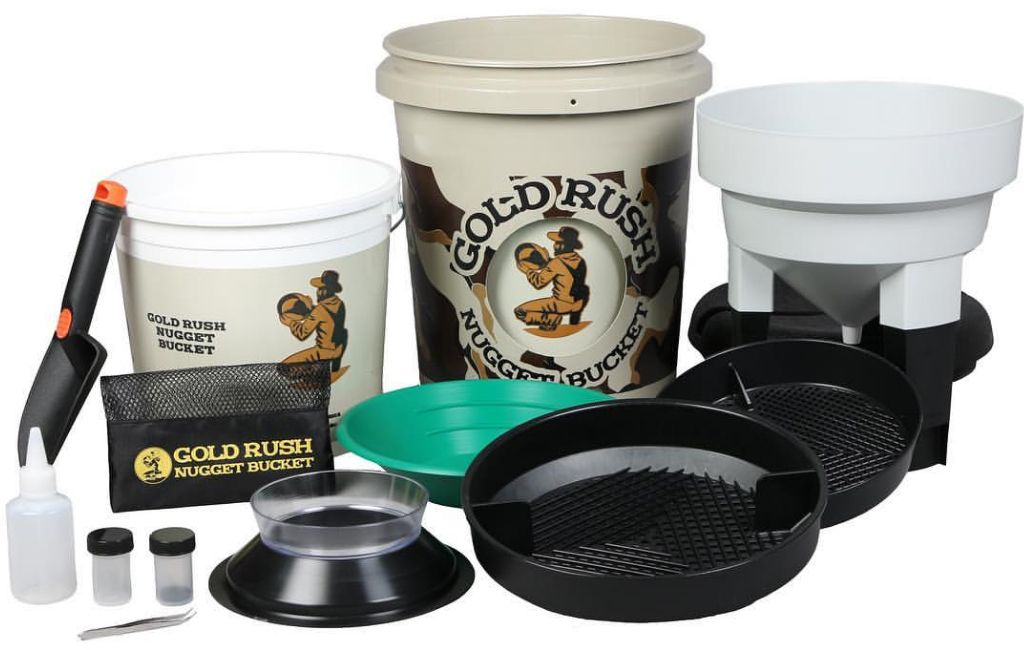Lumi – Printing Photos With Sunlight
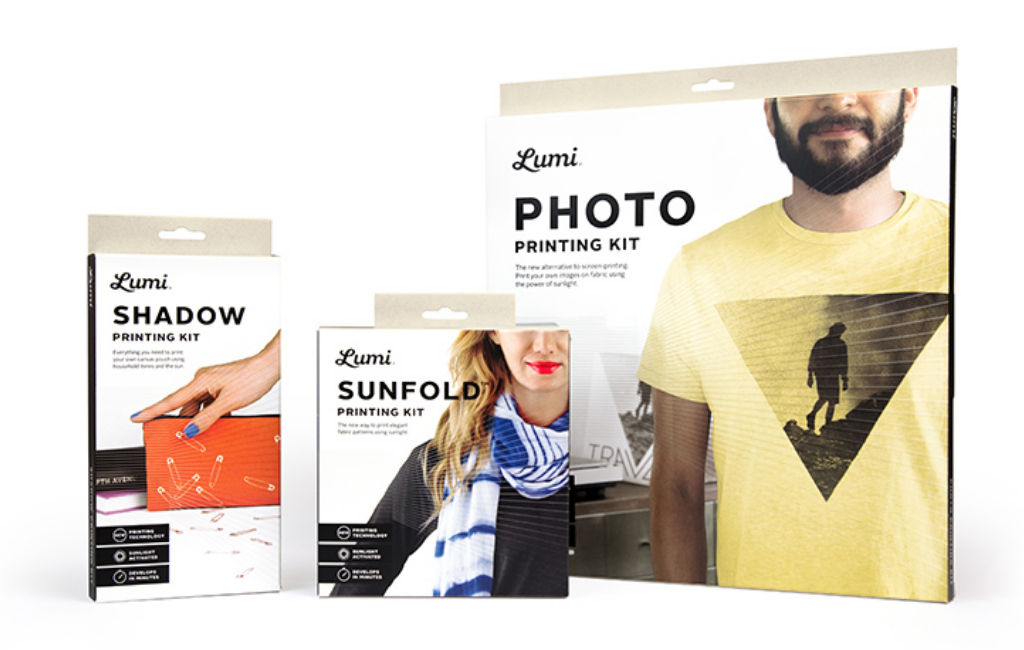
NO DEAL
EPISODE SUMMARY
🕓 Air Date: February 13, 2015
Asking For:
$250,000 for 5%
Investor:
No Deal
Deal:
No Deal
PRODUCT SUMMARY
Lumi offers a DIY solution for printing permanent imagery on natural materials using sunlight-activated Inkodye and a proprietary negative process.
WATCH HERE
IN A RUSH?
Click these to jump to the section you want to read.
Background Story
Lumi, a groundbreaking DIY printing company founded by Jesse Genet, has its roots in innovation and a passion for self-expression. Jesse Genet’s journey began with a quest to revive a formula from the 1950s, a formula that would become the foundation of Lumi’s unique product. Jesse’s background is marked by an entrepreneurial spirit and a keen interest in the intersection of technology and creativity. Her relentless pursuit led her to track down the original formula, demonstrating her determination to bring something exceptional to the DIY market.
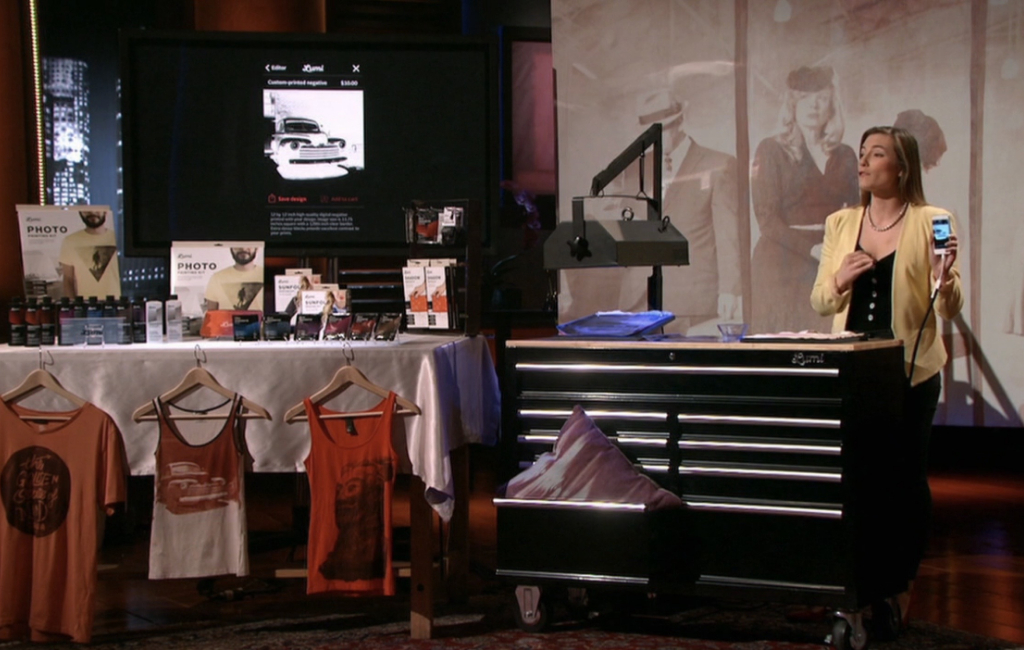
The proprietary process developed by Lumi involves leveraging the power of sunlight to print beautiful and permanent imagery on various natural materials. The idea for Lumi emerged from Jesse’s recognition of the evolving landscape of DIY enthusiasts who sought to create personalized items at home. The company positions itself as a catalyst for taking photography out of traditional darkrooms and into the sunlit spaces of everyday life. This concept aligns with a broader cultural movement where people yearn to express their creativity independently.
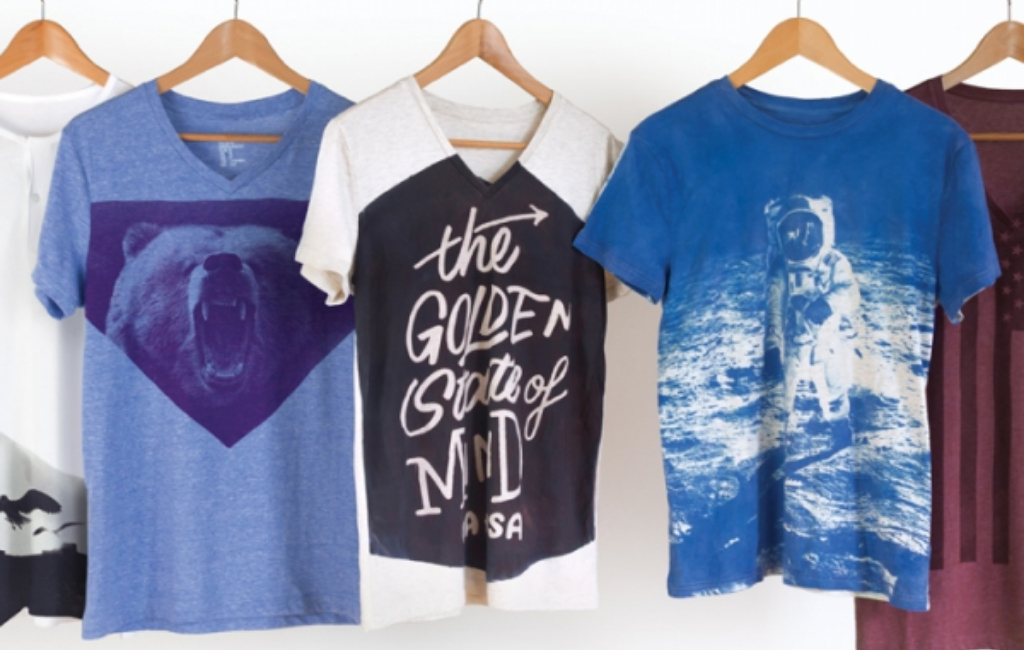
Jesse’s entrepreneurial journey showcases a commitment to pushing boundaries and redefining DIY printing. Lumi’s inception is not just a business venture; it’s a reflection of Jesse’s dedication to empowering individuals to become creators in their own right. The convergence of Jesse Genet’s background, her quest for an age-old formula, and the changing dynamics of DIY culture culminated in the birth of Lumi—a company poised to revolutionize DIY printing with its innovative and sunlit approach.
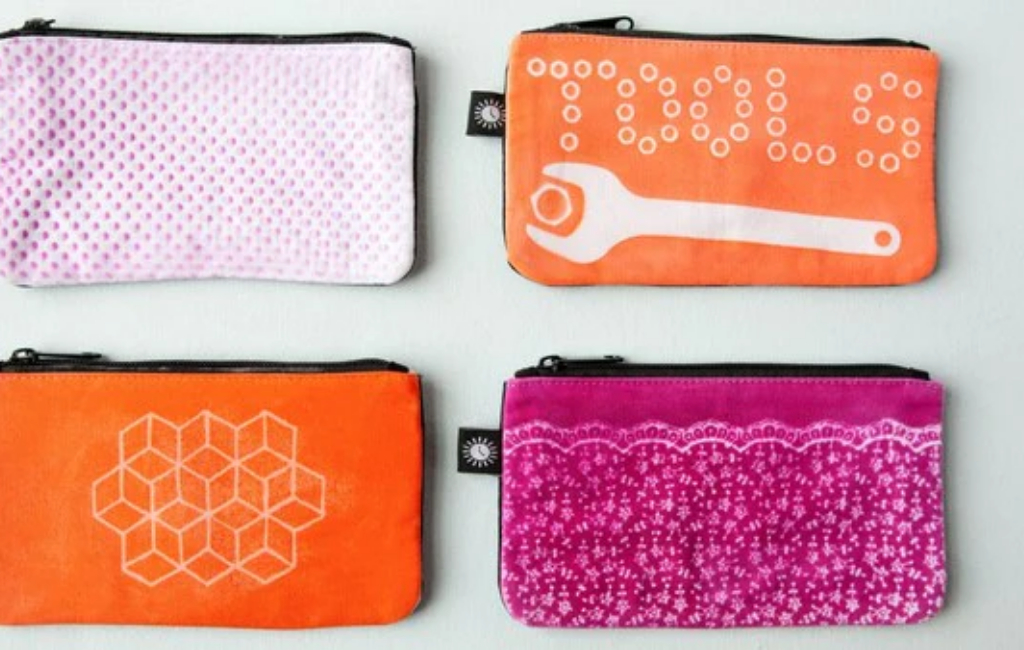
The Product
Lumi’s innovative DIY printing product revolutionizes the way individuals bring their creative visions to life. The core of the process involves the use of sunlight-activated Inkodye and a proprietary negative technique.
Users begin by selecting or creating a negative image, which is then uploaded into the free Lumi app. The app allows for customization, offering a “negative” option that transforms the image into a format suitable for printing. Once the negative is prepared, it can be saved and either printed at home or ordered from Lumi for delivery.
The chosen surface, whether it’s an old T-shirt or a tote bag, becomes the canvas for the creative process. Users then apply the sunlight-activated Inkodye to the material, securing the negative in place. Exposure to sunlight for just 10 minutes results in a beautiful, permanent design. The simplicity and effectiveness of this process make it accessible to a wide audience.
Lumi offers kits like the Shadow Printing Kit and Sunfold Printing Kit, each designed for specific applications. The products are available for purchase online through the Lumi website, and the sunlight-activated dye can also be found in retail partners like Michaels and Jo-Ann’s.
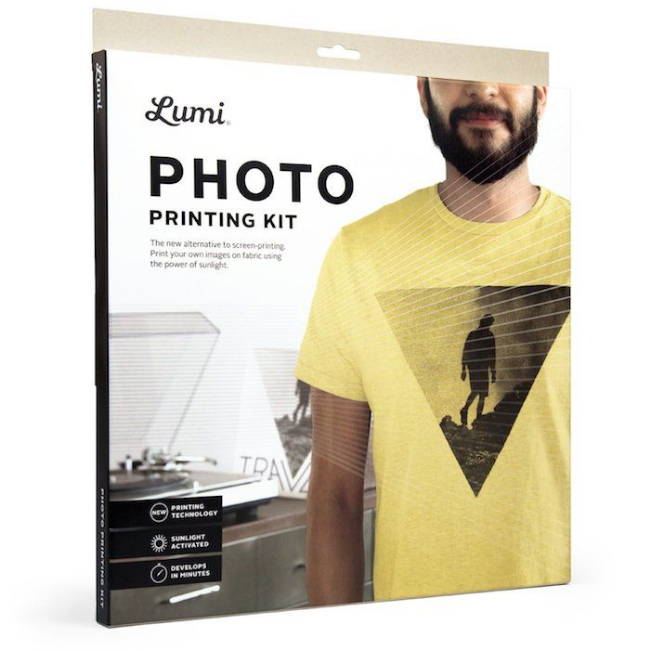
How It Went
The company’s position before Shark Tank
Lumi has demonstrated a robust performance in the past 12 months, boasting $1 million in sales. The company’s financial health is highlighted by a net-positive position of $40,000, although Jesse Genet mentioned that these profits have been reinvested into the business. The impressive sales figures align with Lumi’s strategic approach to the growing DIY market, positioning itself as a pioneer in sunlit DIY printing. Lumi has strategically partnered with retail giants like Michaels and Jo-Ann’s, expanding its reach beyond online sales. This retail presence allows the company to tap into a broader customer base and aligns with their mission to make the DIY printing experience accessible to a wide audience.
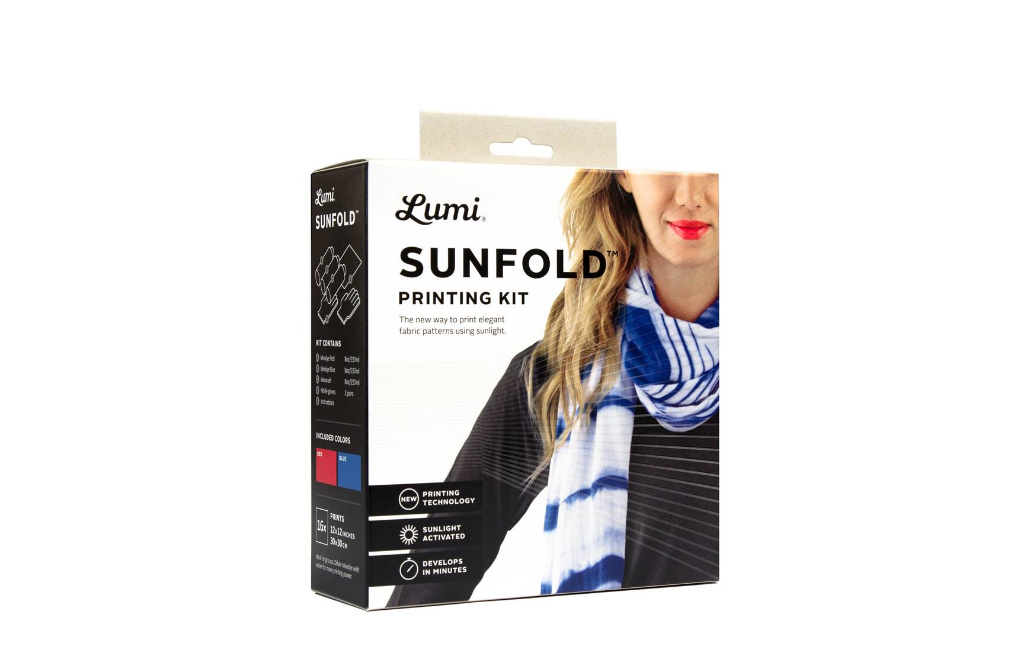
The company’s distribution model includes selling directly through e-commerce channels and supplying wholesalers. Lumi’s strong margins, reaching 91% when selling directly through e-commerce and 78% to wholesalers, reflect a sound financial structure. The partnership with various wholesalers demonstrates Lumi’s ability to navigate both direct-to-consumer and business-to-business channels.Lumi’s customer base comprises DIY enthusiasts, creative individuals, and those seeking a unique and personalized approach to self-expression. With a focus on the do-it-yourself market, Lumi caters to a niche that values creativity and individuality.
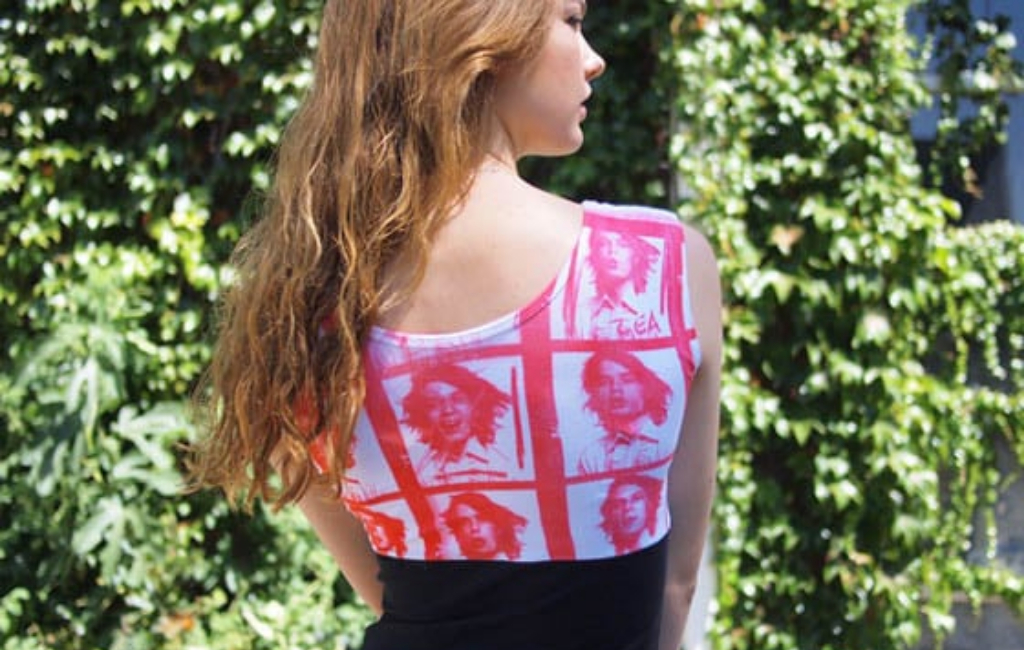
In terms of funding, Lumi has secured an angel investment of $180,000, representing 10.5% equity in the company. This investment has played a crucial role in supporting the company’s growth and development. However, Jesse Genet’s mention of having repaid a $110,000 loan with interest within four months highlights the company’s creditworthiness and ability to manage financial obligations efficiently. Lumi’s financial success and strategic partnerships position it as a promising player in the DIY market. Jesse Genet’s entrepreneurial acumen and the company’s ability to reinvest profits indicate a forward-looking approach, laying the foundation for sustained growth and innovation in the future.
The Negotiations:
The negotiations for Lumi’s deal in the “Shark Tank” episode involved a series of offers and counteroffers from the sharks, ultimately leading to Jesse Genet deciding to leave the tank without securing a deal. Kevin O’Leary initially proposed a choice between a 50% equity deal or a $250,000 loan at an 8.5% interest rate for three years with a 12.5% equity stake. Mark Cuban and Lori Greiner teamed up, offering a $250,000 loan split between them, with 8.5% interest, in exchange for a total of 5% equity.

Despite the sharks emphasizing the value of their expertise and the potential benefits of having them as partners, Jesse declined these offers, expressing hesitancy about giving up 5% equity for a loan. Daymond John, Barbara Corcoran, and Robert Herjavec presented various counteroffers, with Robert expressing interest in the loan but not equity. Despite the sharks making efforts to structure deals that aligned with Lumi’s financial needs and Jesse’s goals, no agreement was reached.
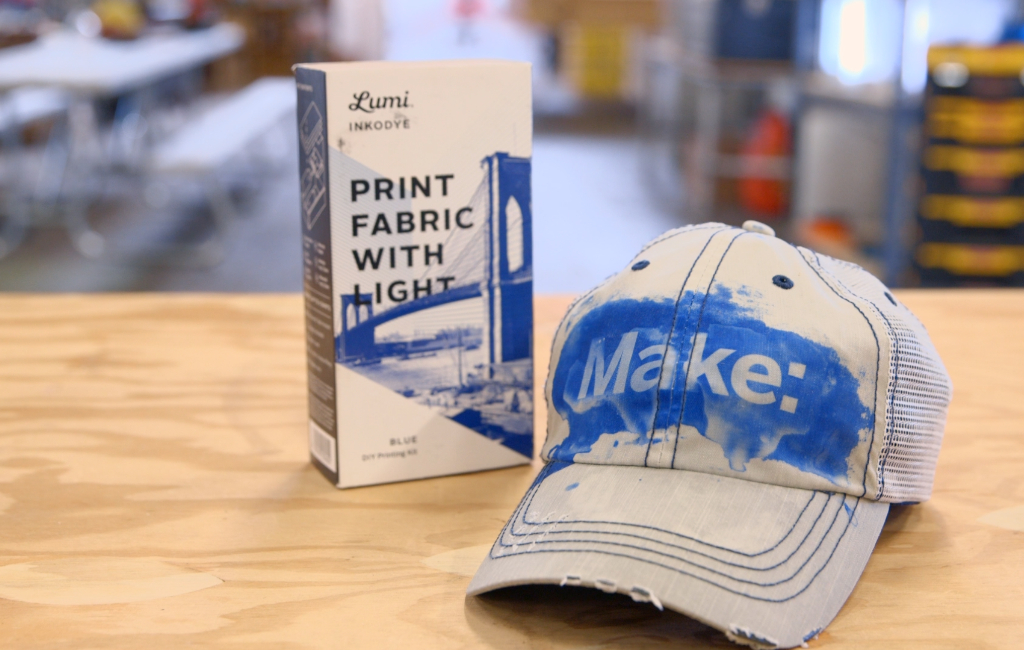
Jesse firmly stuck to her stance, emphasizing that she was not willing to give up 5% of the company for a loan. In the end, Jesse chose to leave the tank without a deal. She expressed confidence in Lumi’s potential and her ability to turn it into a credible company without compromising on the equity she was willing to offer. The negotiations showcased Jesse’s determination to maintain control over the company’s ownership and direction, even if it meant forgoing a deal with the sharks in the Shark Tank.






